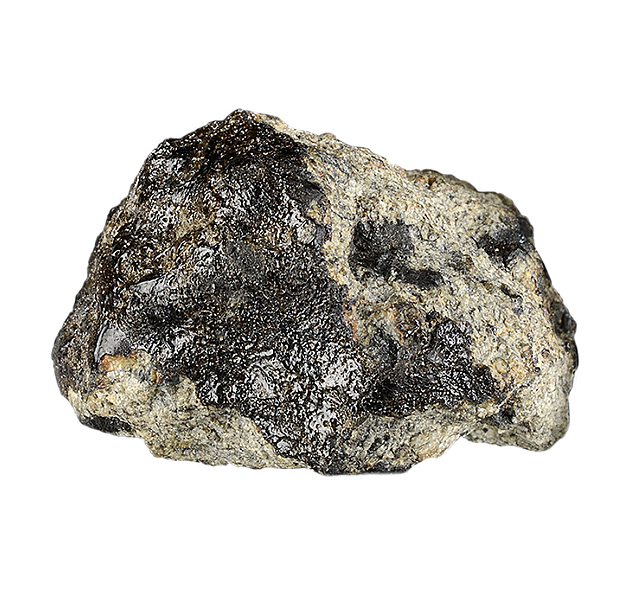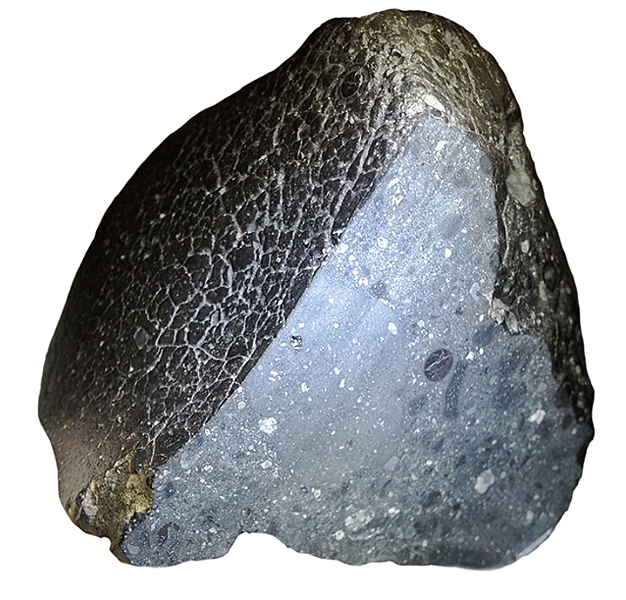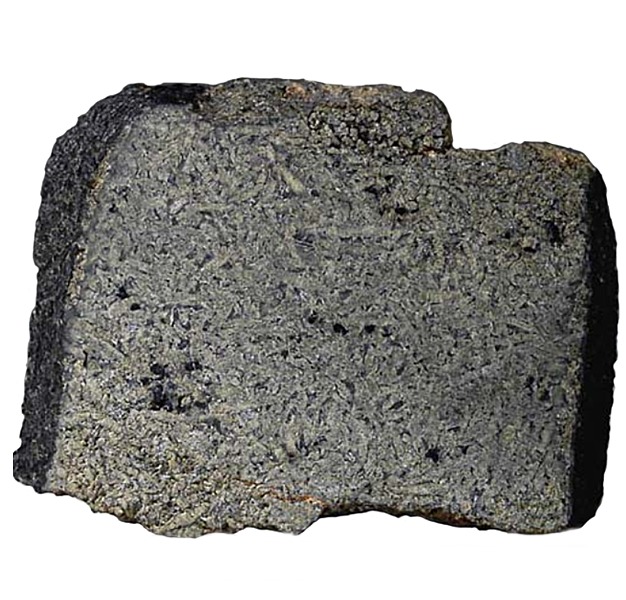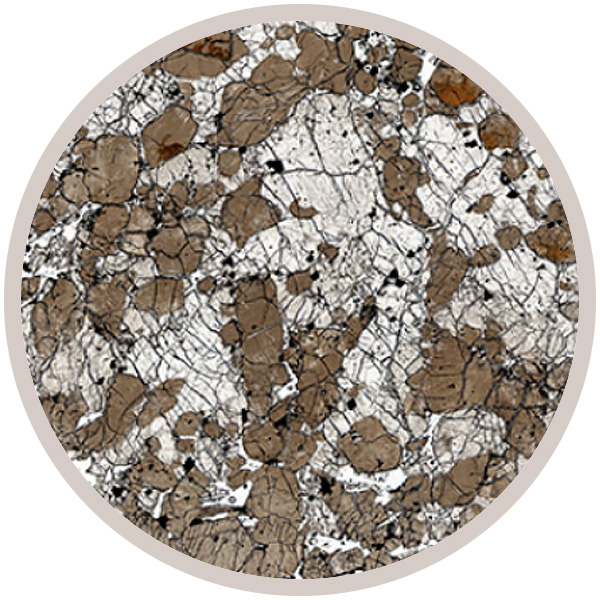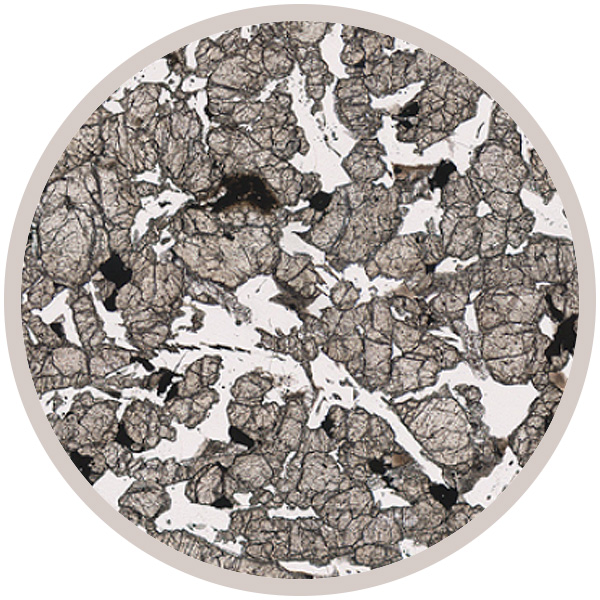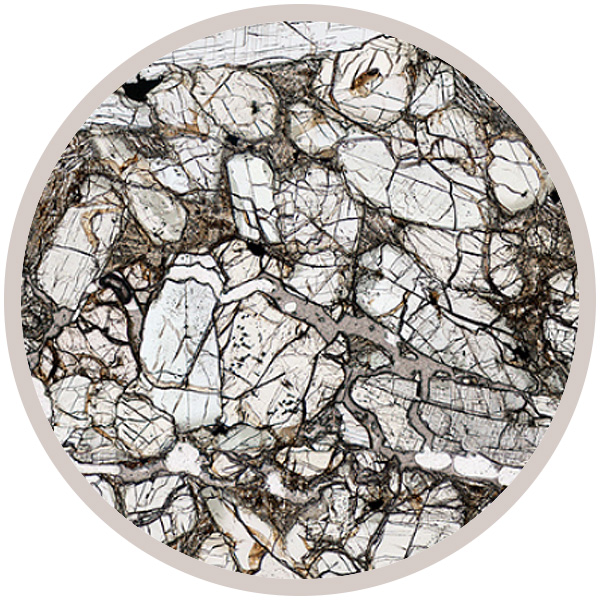
Fact sheet
The Nakhla meteorite landed at El Nakhla el Baharia in Egypt in 1911 (9 am in the morning of 28th June to be precise). About forty variable-sized pieces of the meteorite (up to 2 kg in weight) have since been recovered. Legend has it that one fragment of this meteorite hit a dog and immediately vapourised it.
The crystallization age of Nakhla has been determined to be 1.38 billion years.
Nakhla is an olivine-bearing, clinopyroxenite consisting mostly of augite with less abundant Fe-rich olivine, plagioclase, K-feldspar, Fe-Ti oxides, troilite, chalcopyrite and a hydrated alteration phase that resembles “iddingsite”. It has been proposed that secondary aqueous alteration of nakhlites may have occurred on Mars and hint of water being present on the surface of the planet in distant times.
Location: Egypt
Find or Fall: Fall
Date: June 28, 1911
Recovered weight: 10 kg
Group: SNC
This collection of meteorites includes Shergottites, Nakhlites and Chassignites (or SNC meteorites) which originate from the surface of the planet Mars.
They carry unique signals of the surface of the planet that allows scientists to study the composition and age of Martian rocks. The collection includes a sample of the famous ALH84001 meteorite, evidence from which was used in 1996 to begin the debate of 'life on Mars?'.

